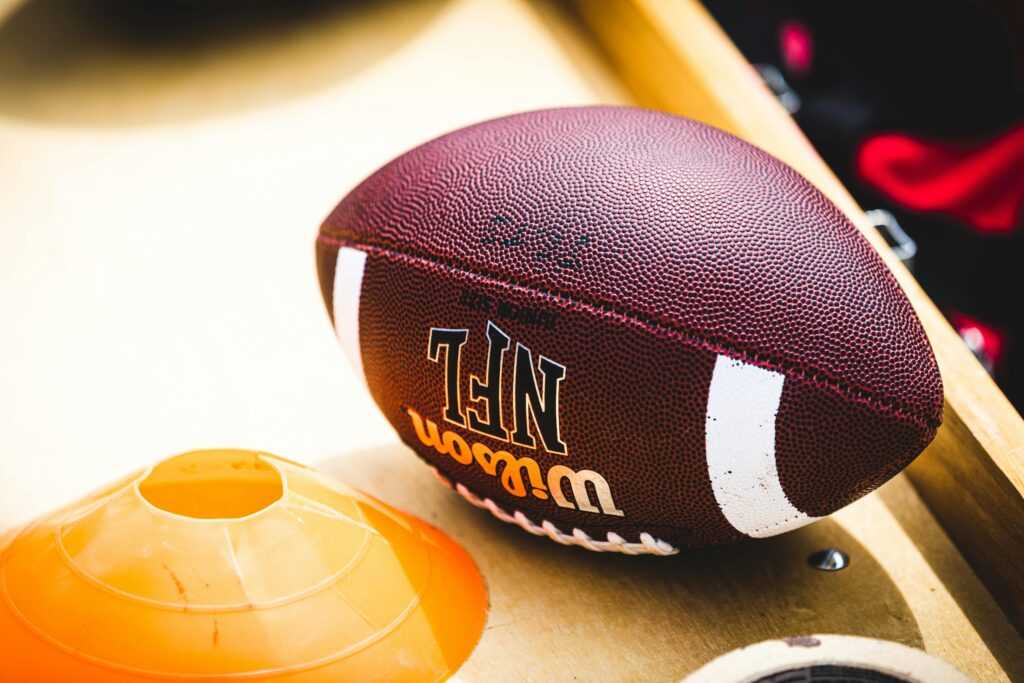Why Phone Numbers Like 7323225673 Still Matter
We live in an era of Slack, Teams, and WhatsApp. So why does a phone number like 7323225673 still hold weight? Two words: reliability and access. Unlike internetbased tools that drop out when your WiFi hiccups or your battery dips into red, traditional voice calls remain direct and dependable.
But it’s not just about voice anymore—many modern service platforms now plug traditional numbers into comprehensive digital workflows. Whether you’re verifying identities, automating customer touchpoints, or streamlining reminders, real phone numbers continue to serve as anchors for real efficiency.
Direct Communication in a Digital Age
Don’t underestimate how much faster you can move when you can just pick up the phone. Businesses waste time trying to align multiple tools—emails get missed, messaging apps create noise, and sometimes what you need is a conversation. That’s where a number like 7323225673 simplifies things. You cut through the fluff. You get answers, confirm next steps, and keep projects moving.
In industries where time is critical—think healthcare, logistics, or field service—traditional phone channels remain the MVP. You can’t patch crisis management into Slack threads. You call. You solve.
Keeping it Simple, Keeping it Secure
Security is another win here. While it’s tempting to think all communications should happen through encrypted apps and enterprise platforms, there’s a quiet case for how standardized numbers like 7323225673 fit into secure, legacy systems.
Banks still confirm transactions this way. Healthcare operators still notify patients through it. Courts, governments, and schools all lean on direct lines. Why? Because having a registerable, traceable point of contact matters when things need to be audited or verified.
Versatility of MultiChannel Integration
Here’s where utility jumps a level. Numbers are no longer siloed into voice alone. Providers now plug numbers like 7323225673 into messaging APIs, CRM workflows, and SMS outreach campaigns. You get voice when you want it, automation when you need it.
This is particularly useful for midsized companies that aren’t fully cloudnative but want to bridge that gap. They can hook up their customer channels to a recognizable number and have responsive, multichannel communications that don’t feel clunky.
Risk of Overcomplicating Connection
Overengineered tools love to promise collaboration. But what happens when a tool stack becomes a maze? Simple numbers cut through that. If an employee, client, or vendor just needs to get something done, remembering one number—like 7323225673—is easier than toggling through four apps and figuring out permission settings.
That’s not to say ditch your tools. It’s about layering them to let the simplest option lead. Sometimes, a fast resolution starts with hearing someone’s voice.
7323225673: Convenience in Real Time
Let’s face it—context switching kills momentum. Between emails, pings, and DMs, a lot gets lost or delayed. What you need is a fast lane. That’s the role 7323225673 can play—instant access, minimal friction.
This number serves environments where action needs to take place—not eventually—now. If your team or customers are constantly waiting for delayed responses, it’s a signal to simplify access. One number, one call, one solution.
Final Thoughts
Despite the growth of tech, formats like 7323225673 prove that some tools never go out of style—they just evolve. Keeping communication lean and direct doesn’t mean stepping back. It means knowing when to go old school and when to plug into modern efficiencies.
Don’t underestimate the power of a single point of contact. When you use a number strategically, you get speed, clarity, and results.

 Chelsea Haynes is a valued member of the Awesome Football Network team, where she excels as a skilled contributor and article writer. With a sharp eye for detail and a deep love for football, Chelsea produces compelling content that covers a diverse range of topics, including team dynamics, player performances, and game strategies. Her insightful articles are crafted to engage and inform readers, providing them with a deeper understanding of the sport.
Chelsea's expertise and dedication to football journalism enhance the quality of content at Awesome Football Network. Her contributions help keep the platform at the forefront of football news, ensuring that fans and professionals alike stay well-informed and connected to the latest developments in the world of football.
Chelsea Haynes is a valued member of the Awesome Football Network team, where she excels as a skilled contributor and article writer. With a sharp eye for detail and a deep love for football, Chelsea produces compelling content that covers a diverse range of topics, including team dynamics, player performances, and game strategies. Her insightful articles are crafted to engage and inform readers, providing them with a deeper understanding of the sport.
Chelsea's expertise and dedication to football journalism enhance the quality of content at Awesome Football Network. Her contributions help keep the platform at the forefront of football news, ensuring that fans and professionals alike stay well-informed and connected to the latest developments in the world of football.
